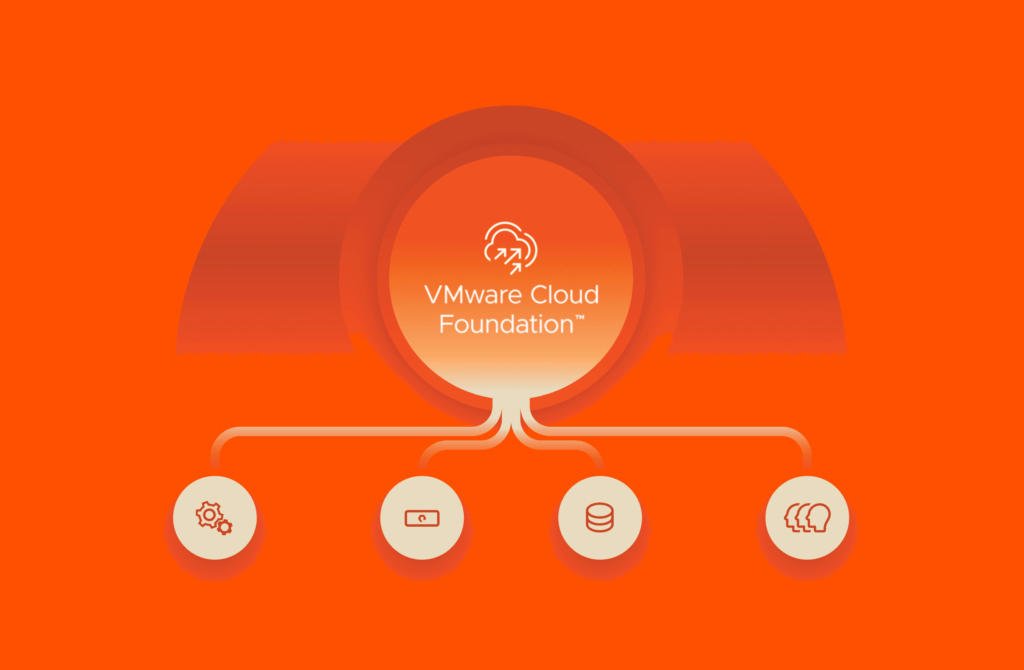Summary
Ten years on, unexpectedly large cloud bills and the massive looming data needs of AI-assisted applications are causing organizations to re-examine the cloud. A cloud operating model can transform IT by allowing organizations to connect to services and storage in remote data centers either managed by themselves, third parties, or a mix of both.
Summary
Ten years on, unexpectedly large cloud bills and the massive looming data needs of AI-assisted applications are causing organizations to re-examine the cloud. A cloud operating model can transform IT by allowing organizations to connect to services and storage in remote data centers either managed by themselves, third parties, or a mix of both.
The cloud hasn’t been bright-and-shiny new for about a decade—in fact, you might say it’s reached midlife. The early excitement about cloud’s transformation power, moving to the cloud, and the (perhaps) unrealistic expectations about how the cloud can transform organizations have mellowed out.
Ten years on, unexpectedly large cloud bills and the massive looming data needs of AI-assisted applications are causing organizations to take a more sober look at the cloud. The outdated habits of cloud management—like siloed teams, slow change management, default redundancies, and reactive, patchwork system growth—are big liabilities.
The new Pure Storage IT Thought Leadership survey echoes the “what now?” concerns of IT decision makers who seek more value, efficiency, and simplicity from their cloud investments. We share some of the survey results below for a view into supporting people, process, and technology in an adaptive, flexible way in the future.
The Cloud Journey Is Underway—but Not Everyone’s in the Same Place
The decision makers surveyed by Pure Storage and Bredin Research are by far most likely to be in the process of migrating to the cloud in every country and industry. But currently, progress along the cloud journey breaks down this way, according to U.S. respondents:
- 56% said, “We are on our way”—that is, the organizations have plans in place, have set milestones for progress, and have created cloud teams.
- 25% have completely migrated to the cloud.
- 14% are on premises only and have not started migrating to the cloud.
- 5% are moving some workloads back on premises, repatriation efforts that ideally would be supported and a regular part of application testing, development, proof, and scale.
Among those organizations well along this journey, the cloud is the primary storage media used for data management in every country and industry (65%). That choice is followed by hybrid technology (27%), disk (6%), and flash (3%). With so many organizations relying heavily on the cloud for data storage, IT leaders need a deeper understanding of data gravity, mobility, and security.
Advanced and Open-source Capabilities Are the Biggest Benefits of the Cloud
Worldwide, respondents said that the biggest benefit of the public cloud is access to advanced and open-source capabilities—except in Canada, where the biggest benefit was agility. Advanced capabilities are resource-intensive, high-powered applications such as deep learning, neural networks, AI models, and big data analytics processing. These capabilities represent the best of the cloud and the beauty of its operating model: Plug in, tap into resources elsewhere, and reap the results without the technical debt.
Other benefits of the cloud listed by respondents included:
- Business resilience/address or avoid tech debt
- Agility (e.g., meet SLAs and improve software faster)
- The ability to scale as needed
- Reduce capital expenditures
Backup and Disaster Recovery Are the Public Cloud’s Best-loved Technologies
We also asked respondents what technologies in the public cloud were most important to their organizations. Respondents in every country listed data backup/disaster recovery as the most important feature (52%), but these solutions also made the list:
- Deploying artificial intelligence and machine learning models (38%)
- Container-based applications (35%)
- Data warehousing (35%)
- Object storage (30%)
- Core DB applications (28%)
- VDI/VMware environments (25%)
Respondents are most likely to be running IoT and edge applications in containers in every country and industry. However, Australian respondents are equally likely to run MongoDB in containers. Roughly four in five respondents prefer to run VMs and containers on a unified infrastructure, ranging from 69% (UK) to 87% (U.S.), and 77% (automotive and other industries) to 82% (telecom).
Data Gravity Is Still the Biggest Challenge in the Cloud
The biggest challenge of a cloud environment, respondents said, is data gravity, or lack of mobility between clouds (41%), followed by lack of standardization between environments (40%) and lack of technical control (also 40%). Difficulty working across environments was named by 33% of respondents.
When asked which organizational complexities impacted cloud migration and implementation, the top answer varied by country: data gravity (U.S., Canada), lack of strategy (Canada), cost (UK), and leadership support (Australia).
Modern Hybrid Cloud Solutions
Accelerate innovation with a modern data platform that unifies hybrid and multicloud ecosystems.
Growth in AI Will Change Approaches to the Cloud and Unstructured Data
Not surprisingly, respondents equate generative AI growth with the need to consider another area that’s been growing off the charts in the last year: unstructured data. Half of the respondents worldwide (50%) said that generative AI would require them to rethink their unstructured data capacity; 49% said generative AI would change how the business approaches the cloud operating model.
Consistency Is Key to Cloud Success
How are organizations successfully managing data in the cloud? We’ve heard about challenges such as cloud lock-in, data gravity, and a lack of visibility hindering cloud ROI—all of which can be addressed with an effective cloud operating model.
We asked respondents to rate the importance of a consistent operating model between public and private cloud. Roughly two in three rated a consistent operating model between public and private cloud as very important:
- Extremely important (18%)
- Very important (51%)
- Fairly important (18%)
- Somewhat important (12%)
Why a Cloud Operating Model Can Transform IT
The cloud operating model allows organizations to connect to services and storage in remote data centers either managed by themselves (private cloud), third parties (public cloud), or a mix of both (hybrid). Cloud’s transformation power has a framework for using the cloud to execute on your business goals and support your people, process, and technology in an adaptive, flexible way.
How do you develop a cloud operating model to address the challenges outlined above by our survey respondents? It starts at the data storage layer—and it’s what Pure Fusion™ was designed to do.
How Pure Fusion Delivers Storage-as-Code in a Cloud Operating Model
Pure Fusion is the Storage-as-Code™ operating model from Pure Storage that gives users the agility and flexibility of a cloud operating model anywhere: on premises, in the public cloud, or a hybrid of both. The Pure Fusion operating model empowers users to quickly and easily provision storage that meets their needs without requiring them to understand the ins and outs of building a resilient storage infrastructure or interacting with one directly.
Whether it’s cloud-native applications in containers or mission-critical databases on physical servers, on premises or in the public cloud, Pure Fusion provides the tools to build and surface the cloud services users need while making it fast and simple for them to consume them.
Written By:
Harness Simplicity
Learn how the Pure Fusion operating model empowers users to quickly and easily provision storage.







